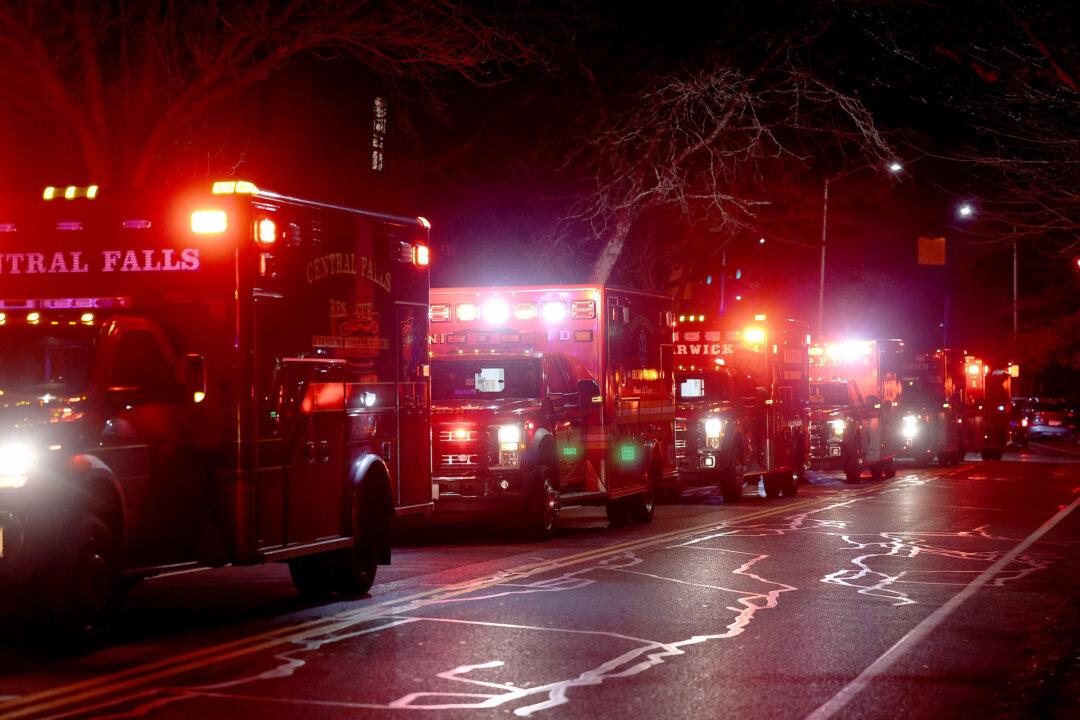Peabody Energy Corp., the world’s largest private sector coal company, said President Obama’s final Clean Power Plan won’t achieve our environmental goals.
The controversial plan, introduced last week, sets national standards to limit carbon dioxide emissions by 32 percent from 2005 levels by 2030. The Environmental Protection Agency received 4 million comments during the public comment period.
There is no foreseeable benefit to the Clean Power Plan, according to Peabody.





